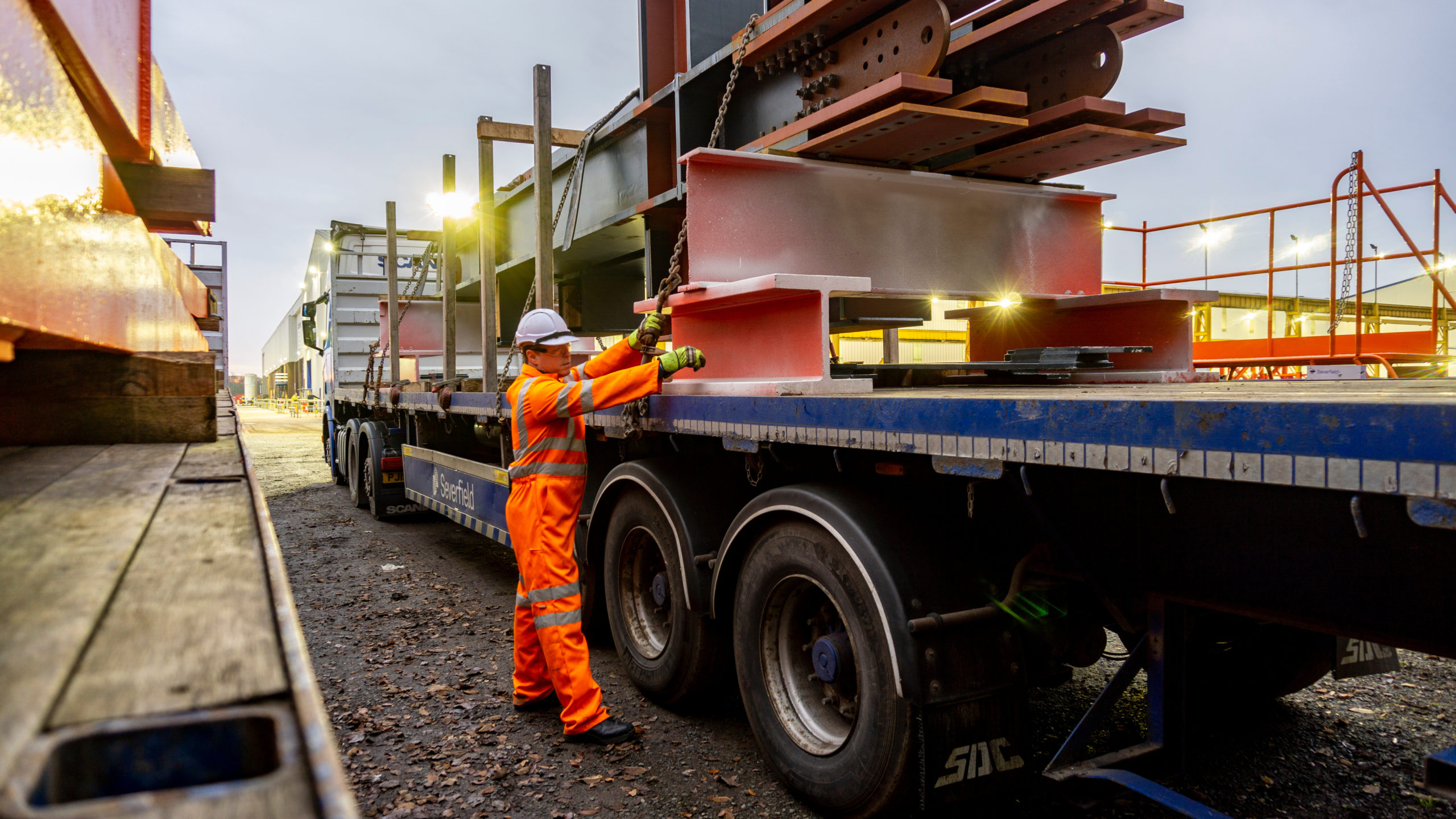The Hazards of Hauling Cargo
June 30, 2022
Aaron Paris highlights the hazards of hauling cargo and includes tips to help secure your next load in this months safety blog.
Aaron Paris highlights the hazards of hauling cargo and includes tips to help secure your next load in this months safety blog.

Day in and day out, companies of all types are hauling equipment, products, and supplies to keep their operations going. Hauling cargo inherently creates risk because of the hazards created and the special consideration that must go into securing materials down. These trips need to be managed with caution and efficient inspection of securing the load.
Have you ever traveled behind a dump truck hauling gravel and had rocks pelt your vehicle and windshield? Ever seen items come off a load on the highway? These events are avoidable and create negative perceptions of the companies whose logo is on the vehicle.
Under all circumstances, loads your crew haul should remain secured on or in the transporting vehicle.
The following information is from the Federal Motor Carrier Safety Administration guidelines for cargo securement.
The load should be distributed and not cause the haul vehicle to be unbalanced.
Properly securing cargo protects the company’s assets, reputation, and the safety and well-being of employees and the community.
Should your company want more information, you can read the Driver’s Handbook on Cargo Securement at the Federal Motor Carrier Safety Administration.